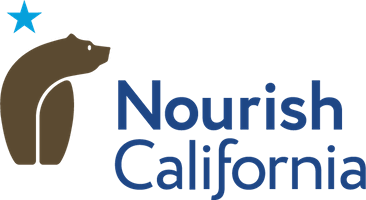Resources available for young children.
On March 18th Trump signed H.R. 6201, the Families First Coronavirus Response Act into law. The act provided authority to USDA to issue waivers that allow for non-congregate meals in child nutrition programs. Under these waivers, child care centers, family child care homes, adult care homes and centers, schools, and some community-based organizations have the ability to provide grab and go meals and home-delivered meals to eligible children. At some participating sites, free or reduced-price meals may be available to all children regardless of their income. For the most up-to-date information on participating site locations and site-specific eligibility rules, families should contact their local school or child care for availability in their area. The “CA Meals for Kids” mobile app is also available to help families find participating sites. You can learn more about these new policies and new ones now in place to support young children impacted by COVID-19 related closures here.
WIC locations have procedures to help families get WIC benefits remotely and as quickly as possible as some physical office locations may be closed to the public. Prior to visiting a WIC location, individuals should call their local WIC clinic for information or contact the state participant support line: (800) 852-5770. COVID-19 information for WIC families is also available here.
On March 18th Trump signed H.R. 6201, the Families First Coronavirus Response Act into law. The act provides $500 million in additional WIC funds to ensure that the program can serve additional participants as the nation prepares for an economic downturn. The act also provides broad authority to USDA to grant waivers of regulatory requirements during the pandemic to ensure states are able to meet the specific nutrition needs of pregnant women, new moms, and young children as WIC adopts new practices to remotely serve participant needs. Following the passage of the act, California was granted a waiver of the physical presence requirement for WIC. The waiver also enables local WIC agencies the ability to defer anthropometric and bloodwork requirements necessary to determine nutritional risk for the period the physical presence waiver is in effect. All local WIC agencies are now remotely issuing benefits and extending certification periods.
Early into COVID-19 we heard stories of WIC particpants experiencing challenges with not enough WIC-approved food items on store shelves and stores running out of infant formula. CDPH-WIC has been working with manufacturers and retailers to address these challenges and has temporarily expanded the foods that families can buy with their WIC card. Due to these changes, local partners are reporting that WIC food item shortages have improved.
You can learn more about additional policies now in place to support access to food for young children impacted by COVID-19 related closures by visiting California Food Policy Advocates’ COVID-19 Response: Nutrition Program Flexibilities Tracker.
CalFresh is California’s food stamps program also known as SNAP. Individuals can apply and get up to $194 a month per household member on an EBT card and families with children can qualify for even more. Some county offices have closed down for in-person appointments but continue to process CalFresh applications by phone and online. Families can apply for CalFresh online at www.getcalfresh.org and find the contact information for their local social service agency here. With many Californians losing hours, or even jobs there has been a signficant increase in the number of individuals and families seeking assistance through CalFresh, but county offices have procedures to help households get benefits as quickly as possible. In addition, CalFresh participants who received any CalFresh benefits in March can expect to see an increase in their April monthly benefits to reflect emergency CalFresh allotments. CalFresh recipients will not need to take any action in order to receive their emergency allotment. This benefit will be automatically loaded to their EBT account. You can learn more about the emergency allotment and additional policies now in place to support households impacted by coronavirus by visiting California Food Policy Advocates’ COVID-19 Response: Nutrition Program Flexibilities Tracker.
Questions? Contact: Melissa Cannon at 209.200.8446 or visit www.cfpa.net/covid19






